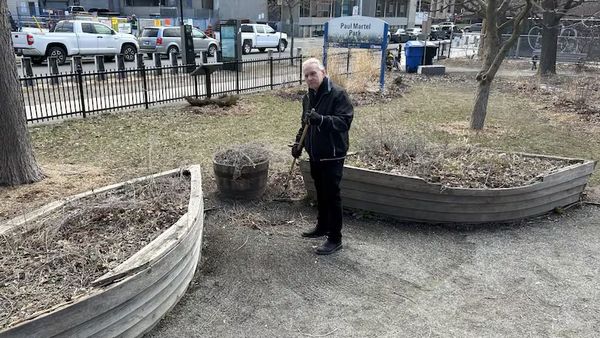
Free from the limitations of easements affecting its configuration, Tulge’s fundamental mission is to maximize revenue by maximizing usage. The current renderings demonstrate a full scale development with revenues streams coming from leasing classrooms, offices, galleries, restaurant and eatery spaces as well as renting out banquet-event rooms, lecture and training spaces along with other facilities complimented by onsite parking. All of that programming is permitted by current by-laws and zoning on Broadview. Scalable, practical and cost effective design employs techniques and technology, such as radiant floor heating and thermal values of wood, to keep the House operating as efficiently as possible. Warmth doesn’t only need to be in the air during cold winter months, warmth can be visual as well.
Lease revenue is modelled around diverse but complimentary anchor tenants. A private-alternative school could use 20-25 classrooms on a daily basis and accommodate sharing spaces with our Toronto Eesti Seltsi Täienduskoolid. A chapel could be supported by local congregations as well as weddings and other spiritual celebrations. Shared kitchen infrastructure could support independent restaurant and banquet facilities. A planned curb-side bar/café could invite neighbours to become regular visitors. Business offices and other spaces could offer other tenants appealing rental options as well as support scouts, guides, choirs, clubs and other organizations.
Advertisement / Reklaam
Advertisement / Reklaam
As the Estonian Centre Due Diligence Report noted: “Revenue for the new Centre will be primarily from two sources; a) long term third party leasing, and b) short term event rentals of the community space.” (p.4) Tulge will have a similar revenue model, however, the proportion of revenue derived from long-term leases can be higher than is projected in the Madison model. As the primary anchor tenant at the Keskus, the Estonian Credit Union ("ECU") is “expected to use approximately 5,800 square feet” of the commercial space in the complex. (p.20) That is a significant amount of commercial revenue coming from a single stakeholder. Managing risk across multiple revenue streams, Tulge’s central concept diversifies long-term lease income across more than one anchor tenant and provides ample space to attract many smaller lease clients. After servicing debt, maintenance and generating reserve funds, our community has a better opportunity to reinvest and subsidize the activities of our cultural organizations by maximizing income streams.
Estonian-Canadians purchased and expanded the Estonian House of Toronto as an expression of their unique, hyphenated heritage and experience. Tulge’s design is meant to maximize participation and usage of the facility while accentuating and reflecting our heritage. Ease of access and appropriate configuration can enable our seniors to share their experiences and our culture more easily. Larger classrooms, activity centers and lounge areas can encourage our youth to enjoy each other’s company like they would in the comfort of their own House. If a contingency plan is needed, we can revisit and renew what we have rather than revert to selling.
To be continued ...
The Tulge Külla Steering Committee
Related:
https://www.eesti.ca/what-if-r...
https://www.eesti.ca/why-plan-...
Advertisement / Reklaam
Advertisement / Reklaam























